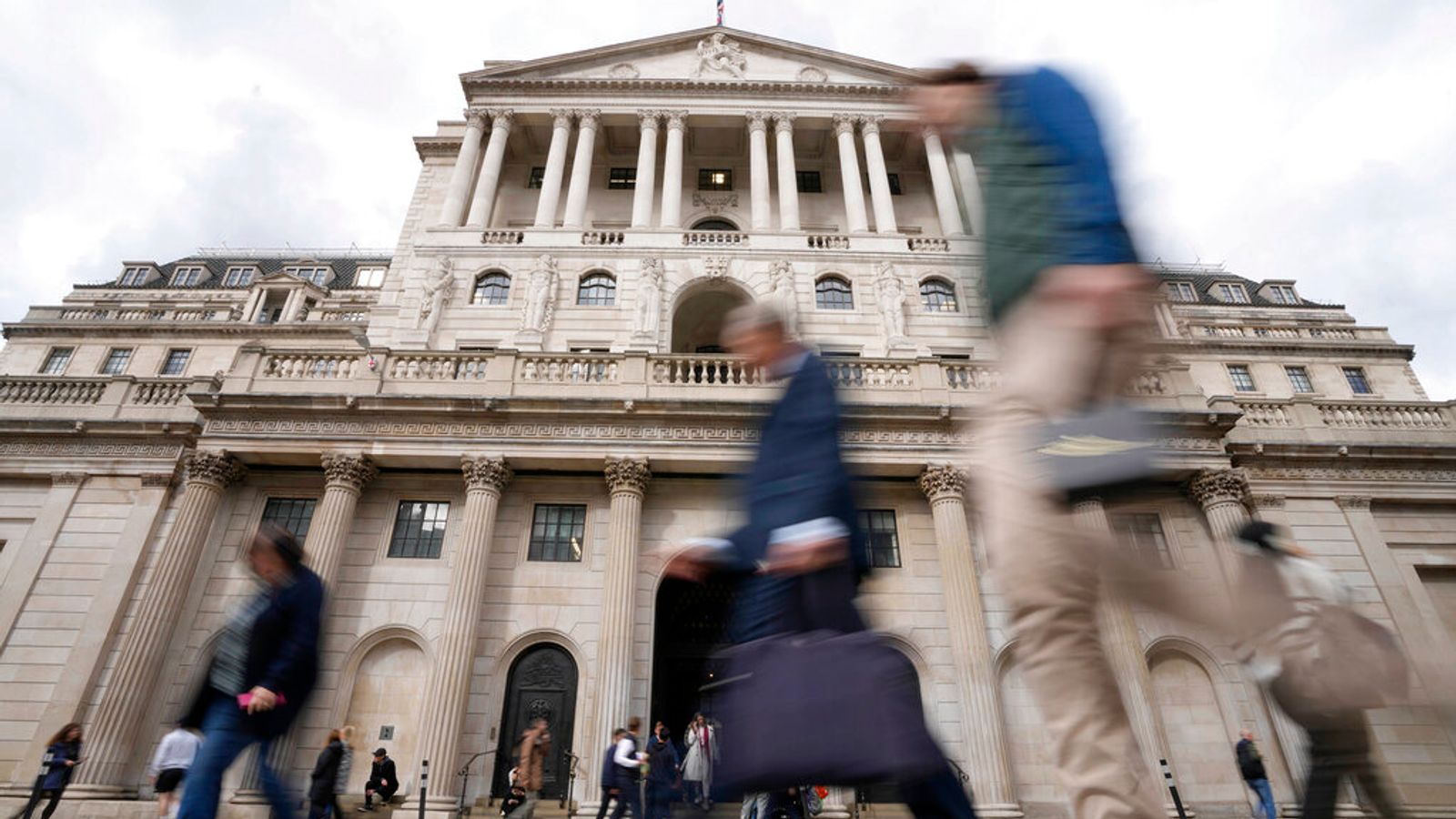Whisper it quietly, but there were a few glimmers of hope hidden away in the Bank of England’s latest interest rate decision.
Don’t get me wrong: there was plenty in there which will continue to concern households – especially those with mortgages.
The Bank‘s Monetary Policy Committee voted to increase its official interest rate by another half a percentage point, bringing it up to 3.5%. That’s the ninth consecutive increase – one every meeting since this time last year – and it won’t be the last.
The committee said that “should the economy evolve broadly in line with the November Monetary Policy Report projections, further increases in Bank Rate might be required for a sustainable return of inflation to target”.
Moreover, while there were two members of the nine-person committee who voted for no increase, another member, Catherine Mann, voted for an even bigger increase, up by 0.75 percentage points.
It’s worth taking a step back to ponder just how big a sea change this has been for monetary policy.
Yes, interest rates have been higher than this – as recently as 2008. But not since 1989 have interest rates increased this much in a single year. And given those households with mortgages today are considerably more indebted than back then, the net effect of these changes could be even tougher.
Higher risk of households defaulting on loans as Bank warns of worsening financial conditions
Chancellor Jeremy Hunt announces major reforms for UK’s financial sector in quest to ‘turbocharge’ growth
Bank of England governor Andrew Bailey lays bare the behind-the-scenes dysfunction of Liz Truss government
That being said, as the Bank’s own analysis showed earlier this week, there are fewer and fewer households with those mortgages. This will be very tough for some, but not for everyone.
And the coming year is clouded in uncertainty. Given the main thing pushing up inflation has been energy prices and given no-one knows what Vladimir Putin will do next, trying to predict the future remains especially difficult.
But here’s where the glimmer – or rather glimmers – of hope come in.
• The first is that inflation seems to have peaked (bearing in mind those provisos). The Bank of England isn’t the only central bank slowing down its pace of rate increases; the Federal Reserve did precisely the same thing yesterday, raising US rates by half a percentage point.
• Second, the Bank reckons that the extension to the Energy Price Guarantee should help bear down on inflation next year, meaning it may not need to raise interest rates quite as much as it might have.
• Third, the economy is actually doing a little better (or rather, less badly) than it had previously expected. Yes, we are still probably in recession. But in the third quarter, gross domestic product shrank by 0.2% (the Bank had expected -0.5%). In the fourth quarter it previously expected a fall of 0.3%, but now it thinks -0.1% looks more likely.
It’s hard to cast this as good news, but perhaps altogether they may constitute a glimmer somewhere off at the end of the tunnel.
Inflation peaking… growth surprising on the upside… They may not add up to full-blown Christmas cheer but after the year we’ve just had, it’s better than nothing.








